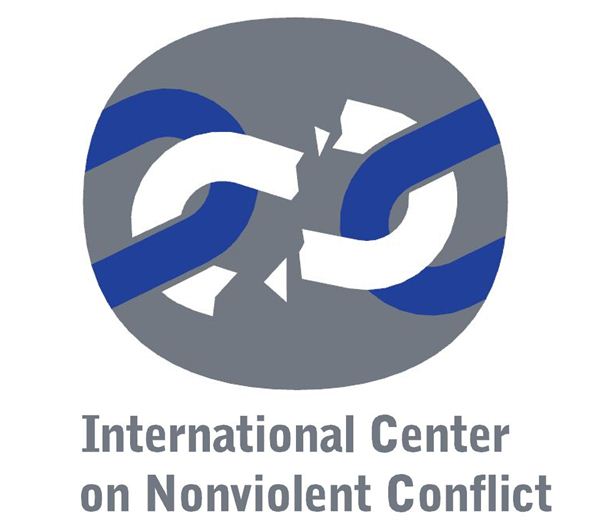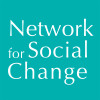The people power movement has been well covered by the literature on civil resistance – partly because it provided an impressive example of unarmed mobilization, which influenced many later people power protests, and also because the Aquino family and the Catholic resisters consciously adhered to nonviolent principles and took part in training sessions on nonviolent action organised, including some organised by an affiliate of the International Fellowship of Reconciliation. The events of 1986 have also been described and analysed in the broader literature on politics and rebellion.
E. II.8.a. Resisting Marcos, 1983-86
Account focusing primarily on role of military and using extensive military sources, but also discusses the role of people power.
Leftist academic discusses sympathetically the role of the left and armed revolution in the countryside, but also explores the ‘legal, semi-legal and clandestine mass struggles in the cities’. Notes the creation by 1975 of a militant workers’ movement and the 1975 year-long wave of over 400 strikes, as well as networks among Catholics, professionals and students.
Observes that Cory Aquino’s movement seen as a third force by the US, though author rebuts US claims to have supported her before the fall of Marcos. Describes movement as ‘a genuine populist phenomenon’ with base in urban middle class, bringing onto the streets the lower middle class, unemployed workers and shanty town residents. Aquino avoided ties to the left, and did not need them to win the election, though – Bello claims – the left had paved the way for her ultimate success.
The chapter ‘The Philippines: another Portugal?’, pp. 220-28, challenges the view that the Reformed Armed Forces Movement was ever a revolutionary movement, concluding ‘The primary thrust for the overthrow of Marcos and the installation of Cory Aquino came from the people themselves, notably the church and the middle classes’.
Includes material on role of local peace movement, nonviolence training and a 1983 statement on ‘creative nonviolence’.
Emphasis on role of military and Catholic Church.
Discusses role of Benigno Aquino and Corazon Aquino’s involvement in politics; pp. 105-23 focus on mutiny and popular protests.
Discusses if the role of civil resistance from 1983 onwards ‘derived from a principled rejection of violence, or from particular strategic, moral, and cultural considerations’. Suggests all relevant to the moderate coalition against Marcos. Also discusses crucial role of US government – though divided – and notes the continuing problems facing Philippine democracy.
Brief but illuminating account, by the founder and chair of the National Women’s Movement for the Nurturance of Democracy in the Philippines, of the role played by her organization and two related civil society groups between 1983 and 1986.
Examines role of various Protestant groups and stresses Christian basis of nonviolence.

 The online version of Vol. 1 of the bibliography was made possible due to the generous support of the
The online version of Vol. 1 of the bibliography was made possible due to the generous support of the  The online version of Vol. 2 of the bibliography was made possible due to the generous support of
The online version of Vol. 2 of the bibliography was made possible due to the generous support of